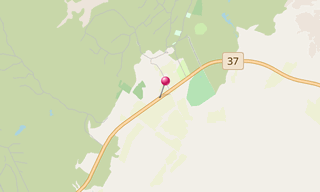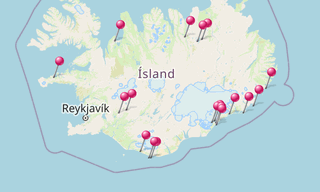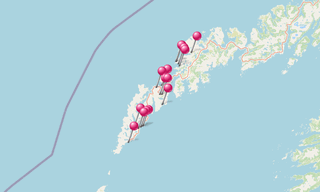The Icelandic horse is a breed of horse developed in Iceland. Although the horses are small, at times pony-sized, most registries for the Icelandic refer to it as a horse. Icelandic horses weigh between 330 and 380 kg and stand an average of 13 and 14 hands (132 and 142 cm) high. Icelandic horses are long-lived and hardy. The breed is still used for traditional sheepherding work in its native country, as well as for leisure, showing, and racing.
Developed from ponies taken to Iceland by Norse settlers in the 9th and 10th centuries, the breed is mentioned in literature and historical records throughout Icelandic history; the first reference to a named horse appears in the 12th century. Horses were venerated in Norse mythology, a custom brought to Iceland by the country’s earliest settlers.
Selective breeding over the centuries has developed the breed into its current form. Natural selection has also played a role, as the harsh Icelandic climate eliminated many horses through cold and starvation. In the 1780s, much of the breed was wiped out in the aftermath of a volcanic eruption at Laki.

.hero.landscape.jpg?w=1600)

.jpg?w=256)
.jpg?w=256)
.jpg?w=256)
.jpg?w=256)
.hero.jpg?w=320)

-(121).hero.jpg?w=320)
